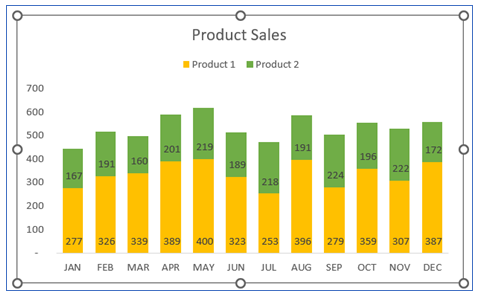- Take sample data.
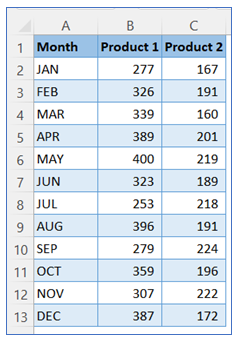
2. Select data from sample data, then go to the ribbon, select Insert, and select your chart type from the chart group.

3. Select Chart type as 2-D stacked column.
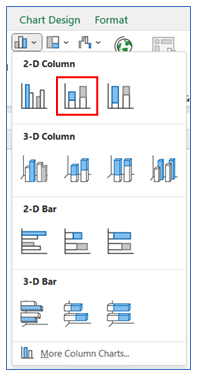
4. The Chart looks below.
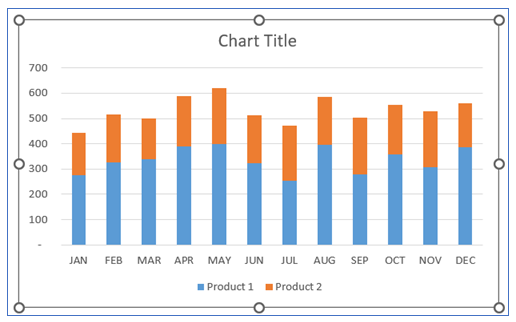
5. To Remove Gridline, click on the chart then select the + button, and uncheck the Gridline.
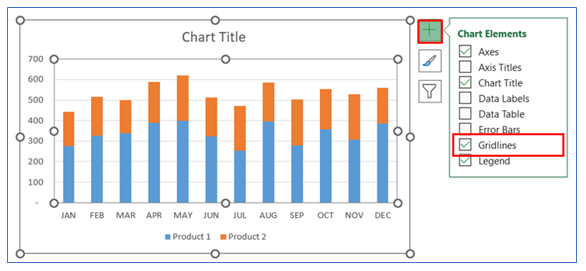
6. To change the Gap width, right-click on Chart and select Format Data Series.
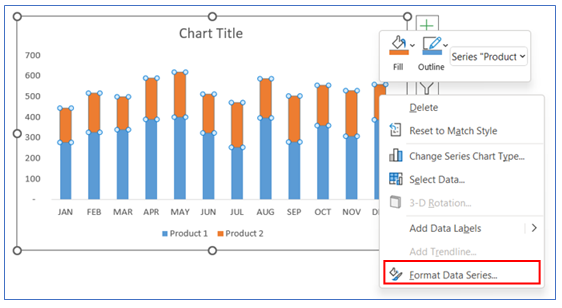
7. Choose the gap width to 60%.
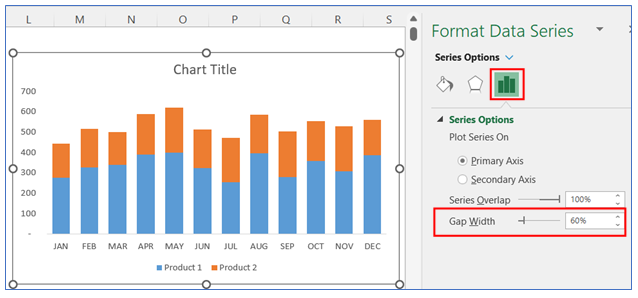
8. To change the first color in the bar, right-click on the chart and select Format Data, in Format Data Series select Fill and choose your color.
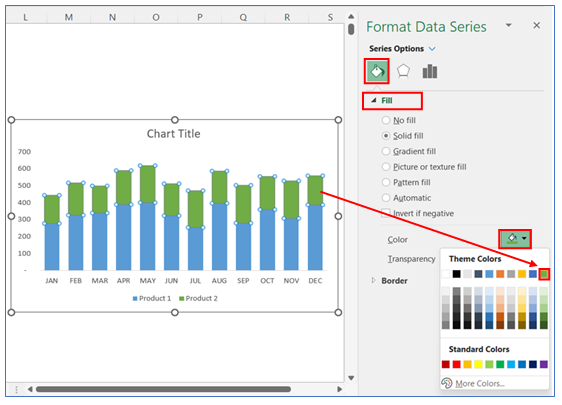
9. To change the second color in the bar, right-click on the chart and select Format Data, in Format Data Series select Fill and choose your color.
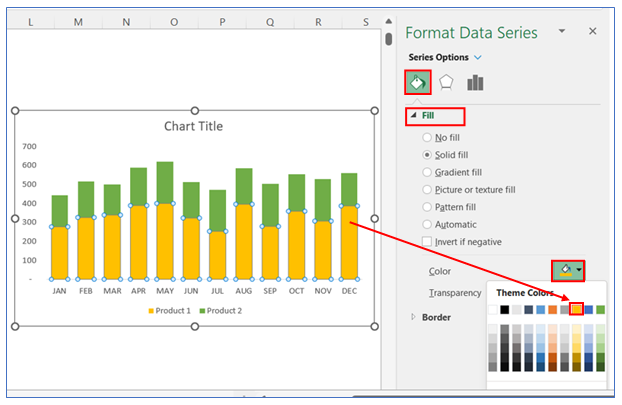
10. To change the legend Option, right-click on the legend and select Format Legend, in Legend Option select Top.
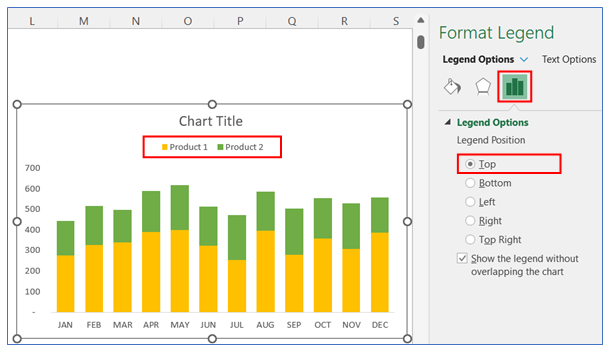
11. To give Data Labels in the chart click on your chart and select the + button to give your Data labels. Select Data labels and click on Inside Base or any other option.
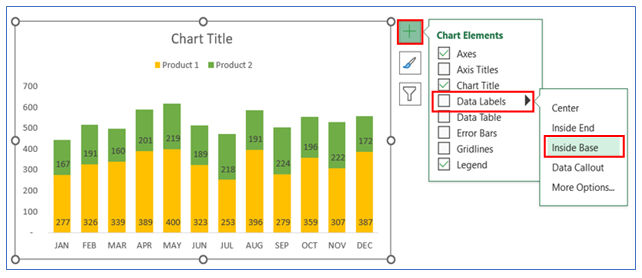
12. To give appropriate chart title, select the title and write your desired title.

13. The chart looks below.
